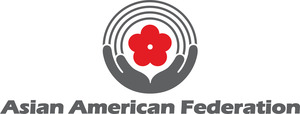In the wake of the coronavirus pandemic, there have been nearly 4,000 recorded hate incidents against the Asian American community, and this number continues to rise. Earlier this week, President Biden announced additional actions to respond to Anti-Asian Violence, Xenophobia and Bias. Attorney General Garland announced a 30-day review to assess the government’s tracking capabilities and prosecution of hate offenses that are surging across the country. The National Asian Pacific American Bar Association (NAPABA) and the Asian & Pacific Islander American Health Forum (APIAHF) are working with the Biden Administration to identify problems and to offer solutions in combating hate crimes.
NAPABA and APIAHF have collaborated to urgently develop a community Combat Hate Crimes Toolkit, which provides basic and critical information for victims, community-based organizations and community leaders. The toolkit, created under the National AA and NHPI Health Response Partnership, is translated into 24 different languages—the single largest collection of AANHPI translated materials ever and includes:
- Understanding the difference between a hate crime and hate incident
- Working with law enforcement and the media
- Checklist for community organizations
- Frequently asked questions
Our organizations are committed to expanding this toolkit and increasing the availability of languages to provide critical information needed by our community. Combatting anti-Asian hate and violence is essential to enhancing the safety and security of our community, including seeking health care. If your community-based organization is interested in co-branding the toolkit with us, please contact Abram Garcia so we can help assist.


